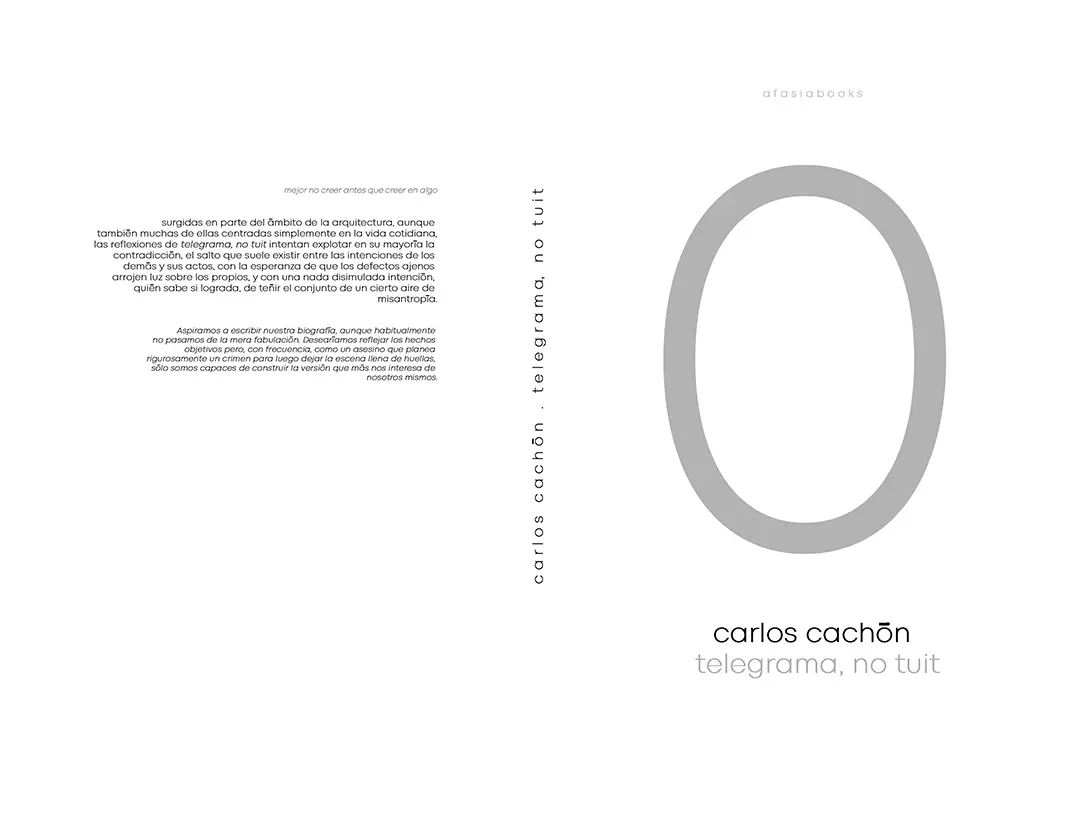
BERGSOJ architecte . photos: © Nicolas da Silva Lucas
This house, originally designed and built by the client’s father, has been carefully reworked to meet the needs of a new generation while preserving its familial and architectural essence. The renovation does not attempt to erase history but rather reinterprets it through a precise and quiet transformation. The project focused on reconfiguring the interior layout to bring clarity, light, and continuity to the spaces. The original plan was fragmented and lacked hierarchy – transitions between public and private areas were undefined, and the entrance was ambiguous. Despite its generous volume, the house suffered from underused square meters and poor interior light.
Without altering the main circulation logic, the redesign subtly reshapes thresholds and reorients the way spaces relate to each other and to the garden. The terrain was slightly regraded to open diagonal views across the site and reinforce a spatial dialogue between interior and exterior.
One key gesture was the transformation of the oversized garage into a new master suite with integrated storage, a laundry room, and parking for one car – reducing functional redundancy while enhancing comfort.
A new greenhouse, modest in scale but rich in intent, was added at the request of the client’s husband, a passionate orchid collector. Instead of being placed under the main roof canopy, the structure is gently embedded into the sloping terrain at the rear of the house. This integration into the landscape allows it to function as a liminal zone – part domestic, part natural – bridging the house and the garden while remaining climatically sheltered and spatially distinct.
Material choices – corrugated metal roofing, anodized aluminum joinery, exposed structure and simple yet expressive detailing – emphasize precision and sobriety. These elements bring an industrial texture to the house’s language, contrasting yet complementing the softness of the natural setting and the restrained color palette indoors.
Light now animates the home through carefully framed openings and long horizontal windows, establishing rhythm and nuance in daily life. The bathroom, redesigned as a minimal and tactile environment, reflects this attention to detail and spatial calm.
Far from a radical intervention, the project achieves its strength through restraint. It offers a new way of inhabiting a familiar place – one that honors memory through design rather than nostalgia.
_


























